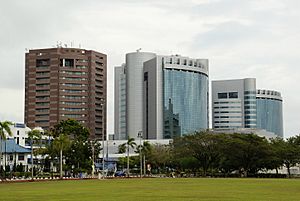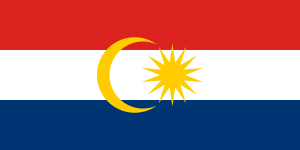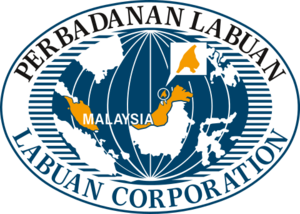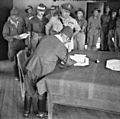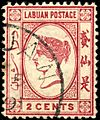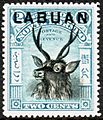Labuan facts for kids
Labuan is a special island in Malaysia. It's called a Federal Territory, which means it's managed directly by the central government, just like the capital city, Kuala Lumpur. Labuan is located off the coast of Borneo, a very large island, and it faces the big South China Sea. It's known for being a peaceful place with a mix of history and modern activities.
| States and Federal Territories of Malaysia | |
|---|---|
| States: Johor | Kedah | Kelantan | Malacca | Negeri Sembilan | Pahang | Perak | Perlis | Penang | Sabah | Sarawak | Selangor | Terengganu | |
| Federal Territories: Kuala Lumpur | Labuan | Putrajaya | |
Contents
Discovering Labuan's Geography
Labuan is an island group made up of one main island, also called Labuan, and six smaller islands. These smaller islands are called Burung, Daat, Kuraman, Papan, Rusukan Kecil, and Rusukan Besar. The main island is mostly flat, but it has some small hills. Its location in the South China Sea makes it important for shipping and trade. The weather here is usually warm and sunny all year round, with some rain.
A Glimpse into Labuan's Past
Labuan has a rich history, especially because of its location.
Early History and British Rule
For a long time, Labuan was part of the Brunei Sultanate. In 1846, the British signed a special agreement called the Treaty of Labuan with the Sultan of Brunei. This treaty gave the island to the British, and they officially raised their flag there on December 24, 1846. The British wanted Labuan to be a naval base and a coaling station for ships, as it had good natural harbors and coal deposits. It became a Crown colony of Britain in 1848.
World War II and Japanese Occupation
During World War II, Labuan was taken over by the Japanese Army in January 1942. It remained under Japanese control until 1945. The island played an important role in the war, and many battles happened here.
The End of the War and Independence
In June 1945, Australian soldiers landed on Labuan as part of Operation Oboe Six to free the island from Japanese control. On September 9, 1945, the Japanese commander in Borneo officially surrendered in Labuan. After the war, Labuan became part of the Crown Colony of North Borneo in 1946. Later, in 1963, it joined Malaysia when the country was formed. In 1984, Labuan became a Federal Territory of Malaysia.
Economy and Modern Life in Labuan
Today, Labuan is known as an international financial center. This means it's a place where many banks and businesses from all over the world come to do business, especially in areas like offshore banking and insurance. The Labuan Financial Park is a big complex where many of these companies have their offices.
Important Industries
Besides finance, Labuan also has a busy port, which is important for shipping goods. The island also has an oil and gas industry, which helps power the country. Tourism is growing too, with people visiting for its beaches, history, and duty-free shopping.
Landmarks and Attractions
Labuan has several interesting places to visit that tell its story and show its culture.
Historical Sites
- The Chimney: This tall brick structure is a mystery! No one is completely sure what it was used for, but it's believed to be part of an old coal mine from the British colonial era. It's now a museum.
- Labuan War Cemetery: This is a very important and peaceful place where soldiers who died during World War II are buried. It's a reminder of the sacrifices made for freedom.
- Labuan Museum: Here, you can learn all about Labuan's history, from its early days to its time as a British colony and its role in World War II.
Cultural and Religious Sites
- An-Nur Jamek Mosque: This is the main mosque on the island, a beautiful place of worship for the Muslim community.
- Kwang Fook Kong Temple: This colorful temple is a place of worship for the Chinese community, showing the diverse cultures on the island.
Recreational Spots
- Labuan Financial Park Complex: While it's a business hub, it's also a modern landmark with shops and facilities.
- Labuan Port: You can see ships coming and going, which gives you an idea of how important trade is to the island.
Images for kids
-
Japanese Navy anchoring at the coast of Labuan on 14 January 1942
-
American support craft moving towards Victoria and Brown beach to assist the landing of the members of Australian 24th Infantry Brigade on the island during Operation Oboe Six
-
The signing of the Treaty of Labuan between the Brunei sultanate and the British delegation on 18 December 1846 at the Brunei palace
-
British flag hoisted for the first time on the island on 24 December 1846
See also
 In Spanish: Labuán para niños
In Spanish: Labuán para niños


